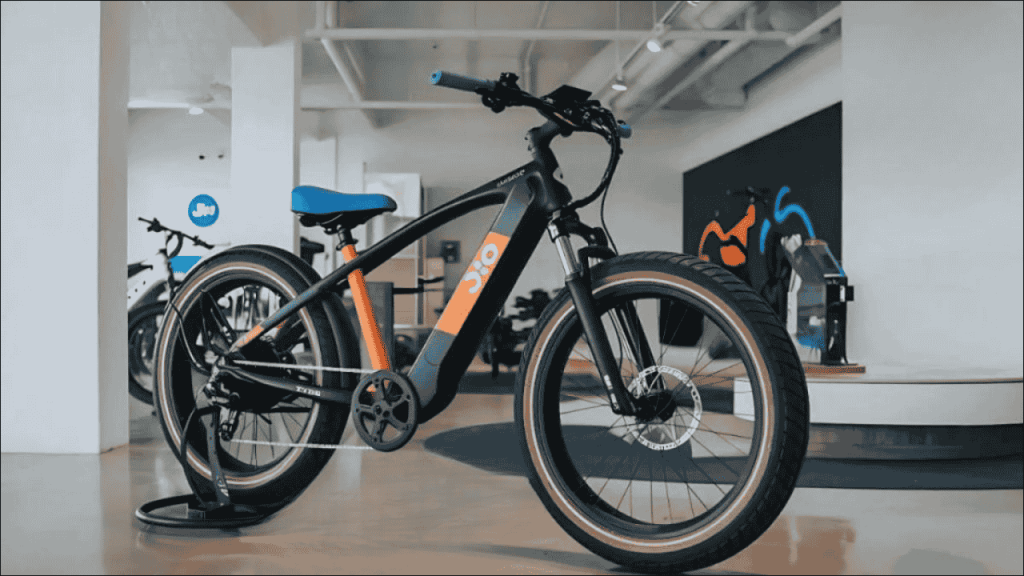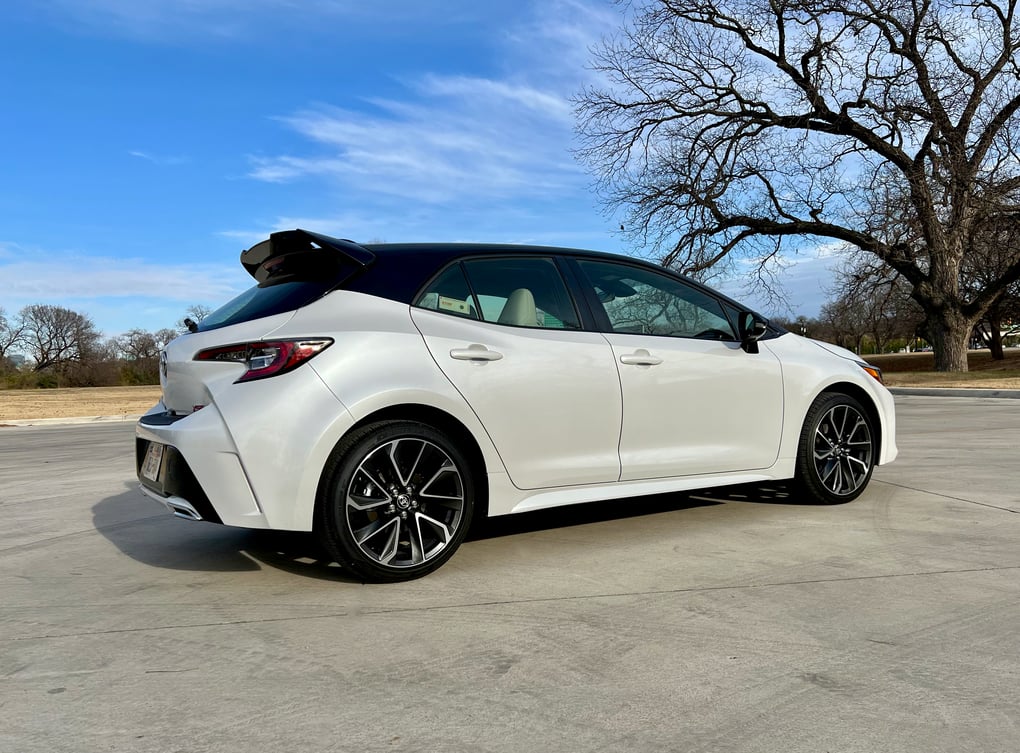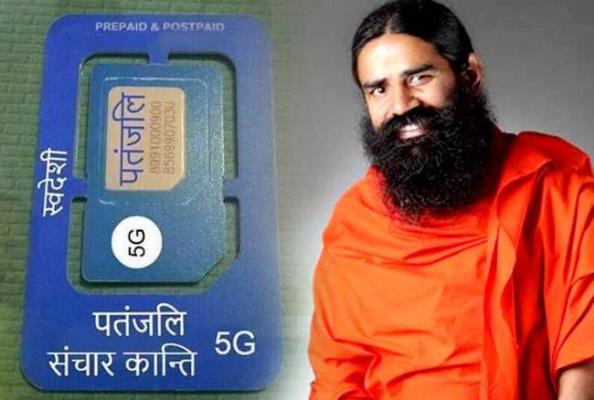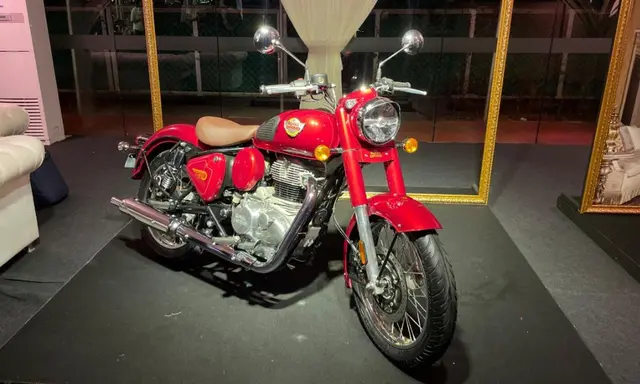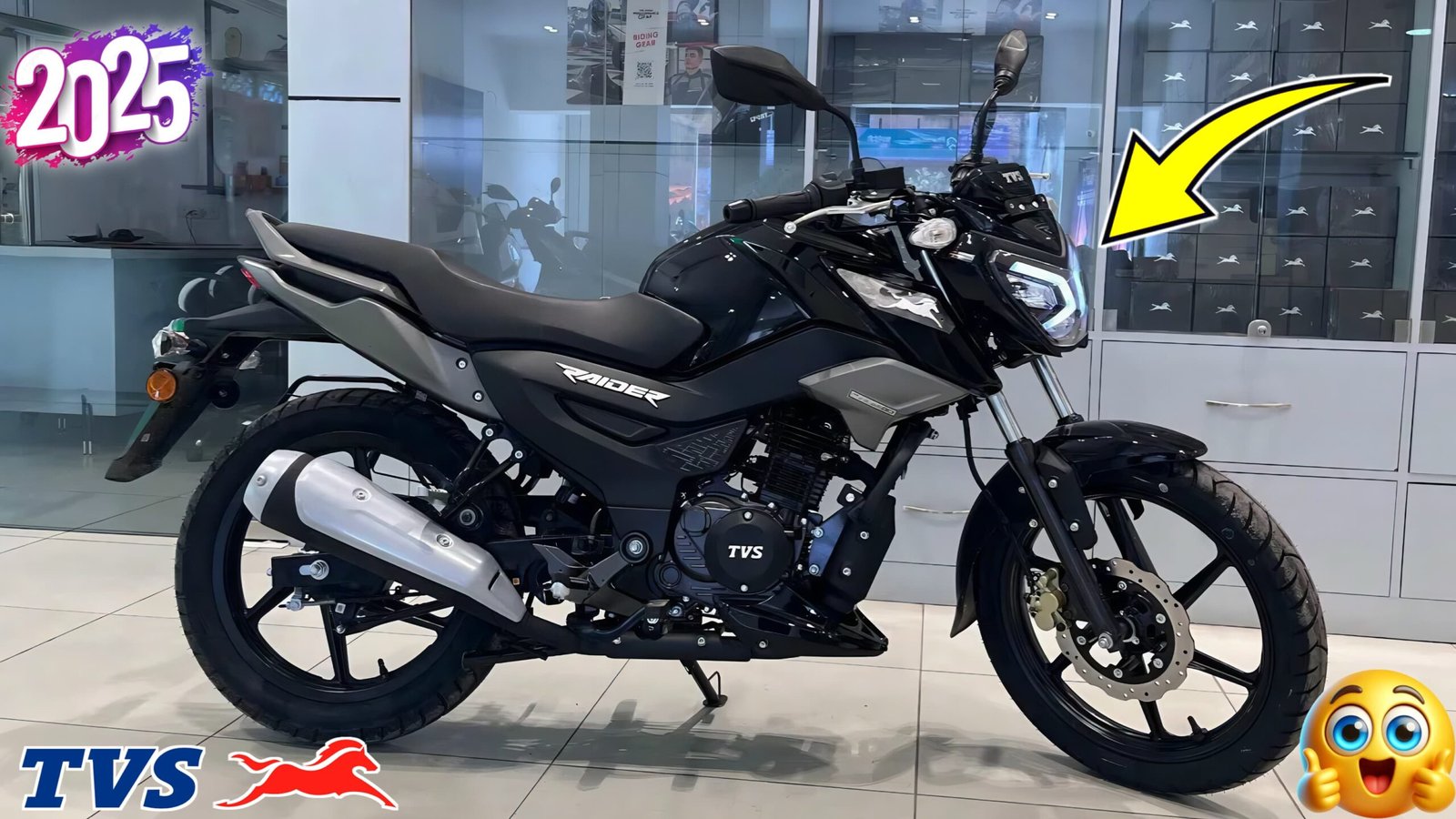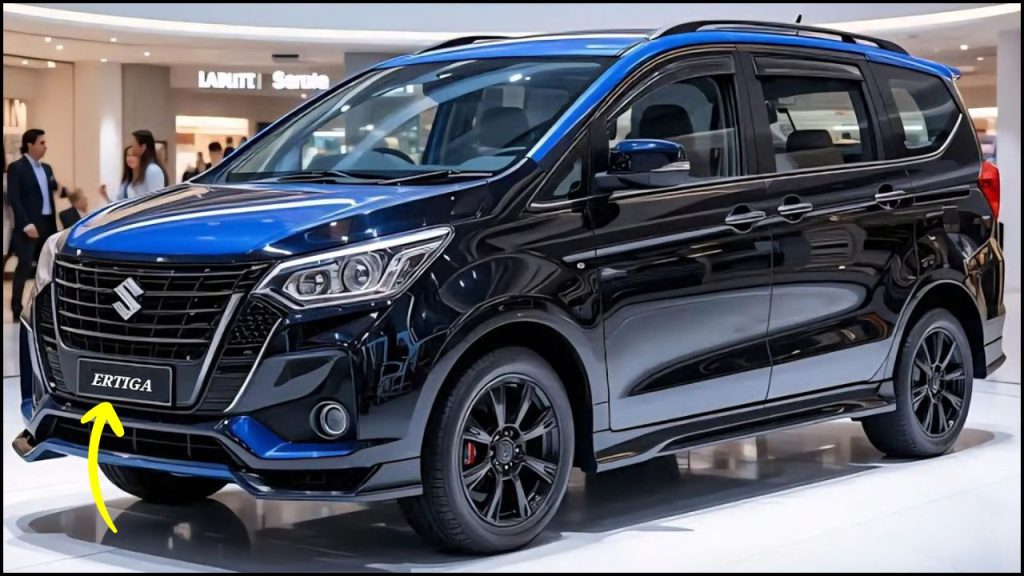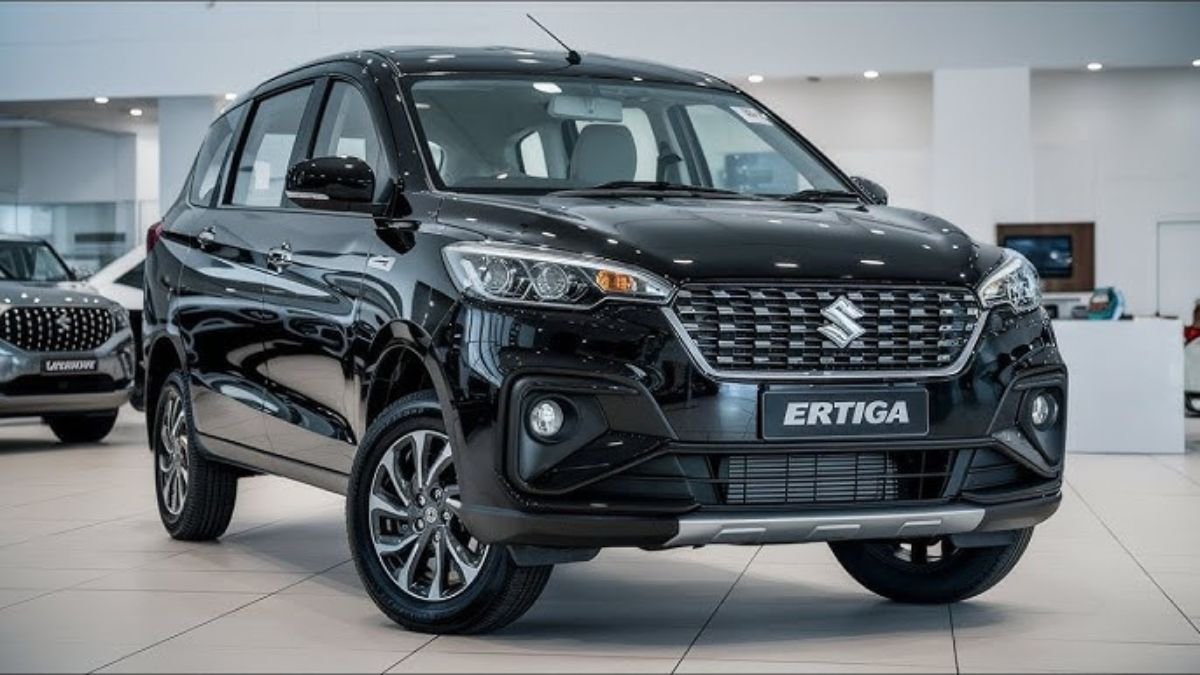In a move set to redefine personal mobility for millions, Patanjali has launched an electric cycle priced at just ₹5,000. This game-changing innovation promises an 80-kilometer range on a single charge and could drastically shift how Indians view transportation. Developed under the vision of Baba Ramdev and Acharya Balkrishna, the cycle combines affordability with function, making electric transport accessible like never before.
Here’s a full breakdown of features, technology, and why this launch might change India’s electric mobility forever.
Electric Specs That Beat Market Expectations
The electric cycle from Patanjali offers surprisingly advanced specifications considering the ultra-low price. It comes with a 250W brushless DC motor and a 36V, 8.8Ah lithium-ion battery. This setup allows the cycle to achieve a top speed of 25 km/h, compliant with Indian e-bike norms that don’t require a license or registration.
Key features include:
- 80 km range per charge
- 4–6 hour full charging time
- Eco, Standard, and Power riding modes
- LCD digital display
- USB mobile charging port
- Adjustable handlebar height
- Overall weight: 22 kg
- Estimated operating cost: ₹0.15/km
At this price point, most competing products offer either basic pedal cycles or low-range e-bikes, making Patanjali’s offering not just competitive but disruptive.
Battery Tech and Intelligent Engineering
The cycle’s long range is made possible by three innovations. First, a lightweight aluminum alloy frame reduces overall load, allowing better energy utilization. Second, the motor uses high-efficiency neodymium magnets and dense copper winding, which improves performance without increasing costs.
Third, and most critically, the bike features smart power management software. It dynamically adjusts motor output based on the terrain and rider behavior. The system learns routes over time, helping improve battery conservation and rider efficiency.
These innovations allow the cycle to match or beat models that are four to five times more expensive.
Can ₹5,000 Really Buy a Quality Electric Cycle?
Yes, and it’s possible due to an aggressive cost-cutting and manufacturing strategy designed to eliminate middlemen and reduce component expenses.
Patanjali’s Managing Director, Acharya Balkrishna, explained that this price was achieved through:
- Direct retail through Patanjali stores, removing dealer markup
- Local component sourcing from Uttarakhand and UP vendors
- Battery recycling from larger EV modules
- Minimal profit margins for the first 100,000 units as a social impact initiative
By controlling both supply chain and retail, Patanjali significantly lowered costs while also encouraging local manufacturing ecosystems.
Huge Savings for the Indian Commuter
When compared to a petrol bike or public transport, the economic benefit is substantial.
| Mode of Transport | Initial Cost | Cost per KM | Annual Cost (2,000 KM) |
|---|---|---|---|
| Patanjali E-Cycle | ₹5,000 | ₹0.15 | ₹300 |
| Petrol Motorcycle | ₹80,000+ | ₹3.00 | ₹6,000 |
| Auto-rickshaw Commute | ₹0 | ₹15.00 | ₹30,000 |
| Public Bus | ₹0 | ₹2.50 | ₹5,000 |
This shows a 95 percent drop in running costs when compared to a petrol motorcycle, potentially saving families thousands each year.
Designed for India’s Daily Needs
The cycle is perfect for students, daily wage workers, gig economy riders, and rural dwellers. Its design meets key Indian commuting needs:
- Easy maneuvering in traffic
- Reliable battery backup for long distances
- Comfortable ride posture for all age groups
- No licensing or insurance hassle
- Ability to carry moderate weight or bags
To make the product even more accessible, Patanjali is offering easy installment plans, with options as low as ₹100 per week. A ₹1,000 trade-in discount is also available for buyers who surrender a conventional bicycle.
Environmental Impact
India’s massive reliance on two-wheelers contributes significantly to urban pollution. Each 150cc petrol bike emits around 50 kg of CO2 annually, assuming 2,000 km of travel. A transition to even 1 million electric cycles could reduce emissions by up to 50,000 tonnes per year.
With over 250 million cyclists in India, even small adoption of Patanjali’s e-cycle could lead to massive national benefits in carbon reduction and fuel import savings.
Industry Reaction and Expert Opinions
While the public response has been overwhelmingly positive, experts have raised concerns about durability and service availability. Rakesh Sharma, an auto analyst, noted that quality assurance at this price may be difficult to maintain, especially at scale.
Questions about:
- Component life-cycle
- Battery performance after 12 months
- Availability of after-sales service in remote areas
remain open. However, Patanjali plans to open 500 service centers within a year to handle maintenance, charging, and upgrades. The company also plans to launch an electric scooter under ₹40,000, expanding its low-cost EV footprint further.
Unprecedented Demand Already Seen
Pre-orders have already crossed 50,000 units within the first week of launch. Patanjali’s supply chain will be tested as it attempts to deliver the first 100,000 units in phases over the next few months.
This early demand validates that there is a huge untapped market for ultra-affordable electric mobility in India. Patanjali’s offering has not only captured public imagination but also forced established brands to rethink their pricing and accessibility strategy.
Looking Ahead
Whether this model succeeds in the long term or not, Patanjali has changed the narrative. It has proved that electric mobility can be democratized. With proper scaling and support, this launch could become India’s Model T moment for two-wheeled electric transport.
If successful, the ₹5,000 electric cycle could empower millions of Indians to access faster, cheaper, and greener mobility for the first time.
